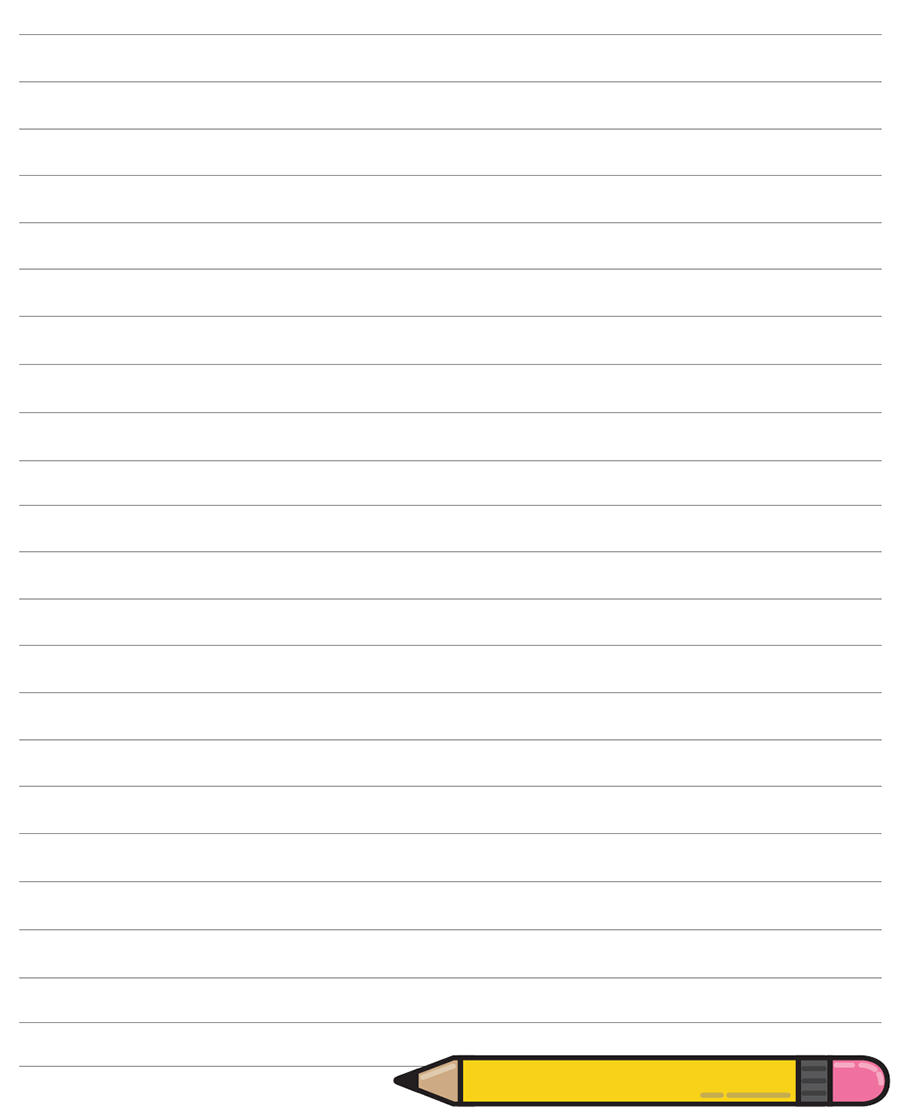Self-training workbook: Information Officer
How polling places work
The supervisor

Supervisors oversee the voting process. They make sure that voting desks and registration desks are set up, and that voting is done properly and as easily and efficiently as possible.
Supervisors also oversee the running of the polling place. Working with one or more information officers, supervisors make sure the polling place is set up properly, that electors can easily access the voting room, that candidates' representatives and other visitors are served properly and are following the rules. Supervisors ensure all health and safety measures are being taken, they prevent problems and solve them quickly.
Ask your supervisor for help when you need it, and be prepared for a supervisor to help make sure you are doing everything properly.
Information officer

Information officers do many different things, coordinated and supported by one or more supervisors.
Information officers help to set up the polling place before it opens to electors.
While the poll is open they direct electors from the entrance of the building to the voting room. They hold doors open for electors if doors don't open automatically. They will assist electors who need help in other ways too.
Information officers facilitate health and safety measures at the poll. They offer masks and sanitizer to everyone entering the polling place. They will gather information for contact tracing. An Information officer regularly sanitizes surfaces in the voting room and elsewhere.
As electors enter the voting room, an Information officer directs each elector to the appropriate service desk. As visitors enter the voting room, the Information officer directs them to the supervisor or as instructed by the supervisor.
An Information officer regularly collects some of the documents produced at voting desks. On election day an Information officer gives Sequence Number Sheets to candidates' representatives.
After voting hours, Information officers help to organize some of the materials from voting desks, getting the polling place ready for the following day of voting. On the last day of voting they help to take down the polling place. On election day after voting is finished, most Information officers are assigned to a voting desk to assist the DRO with counting the ballots.
Registration officer

Registration Officers sit at the registration desk. With support and guidance from a supervisor, they work out the situation of electors who come to the desk. Usually electors are directed to the registration desk by the information officer because they didn't bring a voter card and a piece of ID with their name on it.
On election day, after voting hours, registration officers are usually assigned to a voting desk to assist the DRO with counting the ballots.
Deputy returning officer

Each voting desk is run by a Deputy Returning Officer – or DRO. The DRO administers the vote with oversight from a supervisor.
The DRO issues a ballot to an elector after they are satisfied that the elector is eligible and ready to vote at their desk.
On election day, after voting hours, the DRO sorts the ballots, counts the votes for each candidate and records the results of voting at their voting desk. Usually the supervisor calls the results into the office.
Notes and questions

